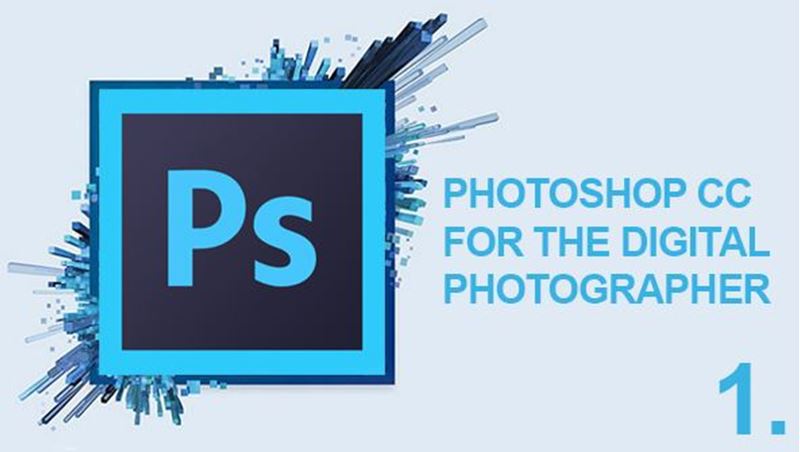- Delivery Method Online
- Professional Certificate
- 24hrs Suggested Study Time
- 3 Months Access
- Tutor Support
- Study On Any Device
- 186 Students
Photoshop CC Digital Photography

Learn how to use Adobe Photoshop Creative Cloud (also called Photoshop CC) to edit and enhance your photographic images.
Adobe Photoshop Creative Cloud (also called Photoshop CC) is a powerful software solution providing support and specialised editing tools for digital photographers and graphic artists. It's subscription-based, which means it updates itself as Adobe adds, changes, or improves features. In this course, you'll master techniques to edit and enhance your digital images and add a professional polish to your work.Designed for those with no image-editing experience, this class will take you from novice to accomplished photo editor.
In Photoshop CC, Adobe has combined the power of their award-winning technology with sophisticated tools that produce dynamic results. This course offers simple, step-by-step instructions for correcting flaws, enhancing the final product, adding text, and preparing images for email and the Web. Along the way, you'll learn how to use the tools that make this software so popular and unique in the world of digital image editing.
As the high-end program in Adobe's collection of photo-editing software, Photoshop CC gives users all the tools they need to create outstanding digital images. Because this course is specifically targeted at photographers, you'll come away with a collection of useful techniques and quickly start seeing amazing results in your images!
Courses are delivered to you through expertly executed lessons, online instruction and interaction with like-minded students. Our courses are designed to deliver all of the benefits of studying in a classroom whilst giving you the flexibility to study at a time and place to suit your needs. You can access your classroom 24/7 from any device with an internet connection.
This course has a 3 month duration. You'll complete comprehensive lessons, quizzes and assignments before submitting your final exam at the end of the course to achieve your certificate. Courses must be completed within the 3 month access period.

Beverly Richards Schulz
Beverly Richards Schulz is a graduate of the New York Institute of Photography and an award-winning photographer. She has been teaching photography for more than 15 years. Since her first class with ed2go in 2000, she has written more than 30 onli... Read more
Read Beverly Richards Schulz's ProfileFrequently Asked Questions
The Learning Environment
From the moment that you enrol in the Photoshop CC Digital Photography you will become an integral part of our learning community. You'll find yourself with the freedom to learn at a speed that suits you, on any device, from anywhere in the world. Achieving your career goals no longer has to mean compromising family and work commitments.
Ready to get started?
Enrol NowOur Values
Learn At Your Own Pace
We believe in personalised learning. That's why we provide all the tools and support you need to succeed at your own pace. With flexible learning, you'll stay motivated and retain more information. Plus, you can balance your studies with work and family commitments to make your dreams a reality.
We Won't Break The Bank
Education should be accessible to anyone who wants to learn. That's why we offer some of the most competitive prices in the industry with payments plans for just $25 per week. Investing in your future is a smart choice and doesn’t have to break the bank.
Industry-Led Courses
There's no better way to learn than from experts with years of experience in your field. That's why each of our 200+ industry-led courses are designed to give you a real-life perspective on your industry. With our expert mentors, you'll learn from people who have a wealth of knowledge and experience, and who are passionate about sharing it with you.
Get The Personal Support You Deserve
At Vibe Learning, we're real people who are dedicated to providing you with personal support every step of the way. Our industry experts are not only professional and knowledgeable but also incredibly passionate about sharing their expertise with you. With their guidance, you'll gain invaluable insights and practical knowledge to help you succeed.
Still looking?
Check out the following courses related to Photoshop CC Digital Photography:



